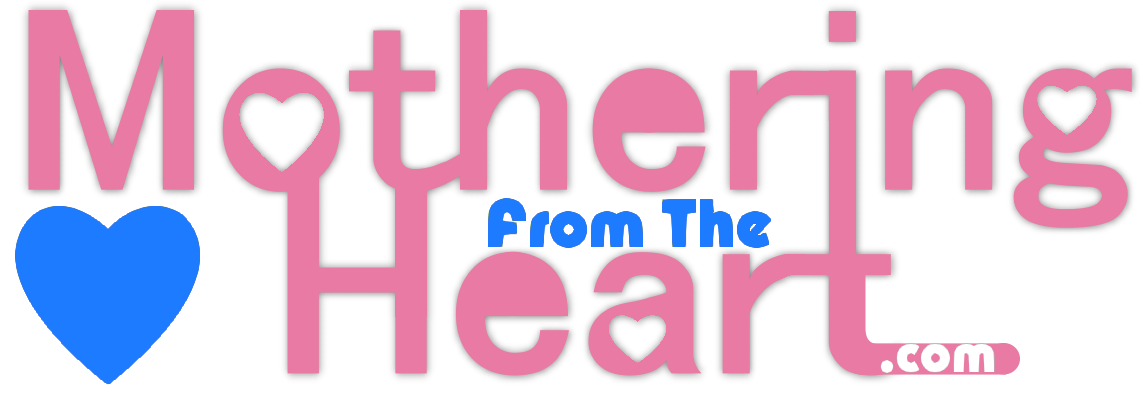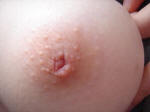
Navigation
HomeProduct Catalog
Contact
About Us
Services
Shipping & Returns
Low Price Guarantee
Product Categories
BreastpumpsBreastpump Accessories and Parts
Feeding devices
Nursing Accessories
Rentals
Breastfeeding Help
Breastfeeding Help OnHelp for Flat or Inverted Nipples!!
Help for Nursing Moms
Breastfeeding Info
Why is Breastfeeding So Important?101 Benefits of Breastfeeding
What do the Scriptures Say About Breastfeeding?
Breastfeeding: It's Every Woman's Right
Mothering From The Heart

Promote Your Page Too

Information on Inverted Nipples / Flat Nipples
Have inverted nipples or flat nipples been a problem in the past to nursing a baby? Maybe it is only a cosmetic concern; either way, you will find help here!!! While inverted nipples may not be as common as flat nipples, it still affects many men and women.
It is best for treatment to start at puberty,
but individuals of any age can find help for this delicate problem. If the
inversion is not genetic, please see your physician to rule out any more
serious causes.
Many physicians do not know about the treatments available except for
surgery, nor do they
discuss the inversion with their clients. To them, it is a variation of normal
and since they have very little information to share, it is ignored. They may
question if the inversion is congenital verses something that has recently
occurred. If it is congenital, they will usually not be concerned.
It would be great if all obstetricians did thorough exams of nipples on all pregnant women on the first visit, and adolescents on their first GYN visit, but since they rarely assess for flat or inverted nipples, it can be done by the individual!
How do you determine if you have flat or inverted nipples?
It will be obvious on many people just by looking at the nipple....if it
doesn't protrude or does in fact stay hid inside, then it would be considered
flat or inverted.
If your nipples appear normal, but
retract when stimulated, they could still pose breastfeeding difficulties. Do
a simple test to determine if your nipples are
inverted or flat: place your thumb and index finger on the areola and
compress. If the nipple retracts or inverts into the breast, then treatment
may be needed before breastfeeding.
Babies are suppose to breastfeed, not nipple- feed, so some women will have no difficulty nursing a baby with flat or inverted nipples especially if their nipples can elongate easily due to good elasticity. Many times after nursing, the nipples will be corrected from the baby nursing, especially if the mother nurses for years instead of months.
Since I have assisted women with breastfeeding that have had flat or inverted nipples that did pose a problem with the baby latching on effectively, or they did experience needless pain with breastfeeding, I strongly recommend treatment before pregnancy. If it isn't done before pregnancy, then it should be started ASAP.
What treatments are available for flat or inverted nipples and how effective are they?
- Cosmetic surgery- This option is expensive, can impair the ability to breastfeed and is often not permanent. I've had contacts with many people where the surgery didn't last...some as soon as two months post op; and others within the first year had their nipples invert again.
- Niplette-
This is the most aggressive treatment available for inverted or flat nipples
and the only treatment designed for permanent correction
besides surgery with less expense and without invasion. The Avent Niplette
is usually recommended by Plastic surgeons before they consider doing
surgery. They have been used my men and women with great success for
correcting cosmetically and for breastfeeding purposes. They can help
minimize painful nursing if worn during pregnancy. They can also increase
the likelihood of a successful surgery if worn after the healing process
from cosmetic surgery for correcting inverted nipples. (If used after
surgery, this must be approved by your plastic surgeon.) The Niplette uses
gentle suction to pull the nipple into a small plastic thimble-like cup and
is worn this way for at least eight hours at a time. Please
click here to
order the Avent Niplette.
- Breastpumps- This can be used before trying to latch the baby on to the breast, but many times, the nipple will invert so quickly, it takes a while before it will stay out well and stretch the tissue. (Not as effective as wearing the Niplette during or before pregnancy, or wearing the Niplette before latch on.)
- Evert-It Nipple Enhancer- This consist of a syringe with a soft, flexible tip made of silicone. Suction is used to help the nipple protrude to facilitate latch on.
- Breast Shells- These are cups worn inside the bra over the breast that have a small hole in the center to allow the nipple to protrude through, thus helping to stretch underlying tissue and to draw out the nipple. How effective is this? Studies have shown no benefit and my personal experience is that is has helped, but only for a very few.
- Hoffman Technique- Consist of exercises using your thumbs that attempt to loosen adhesions, but no research proves this to be effective.



